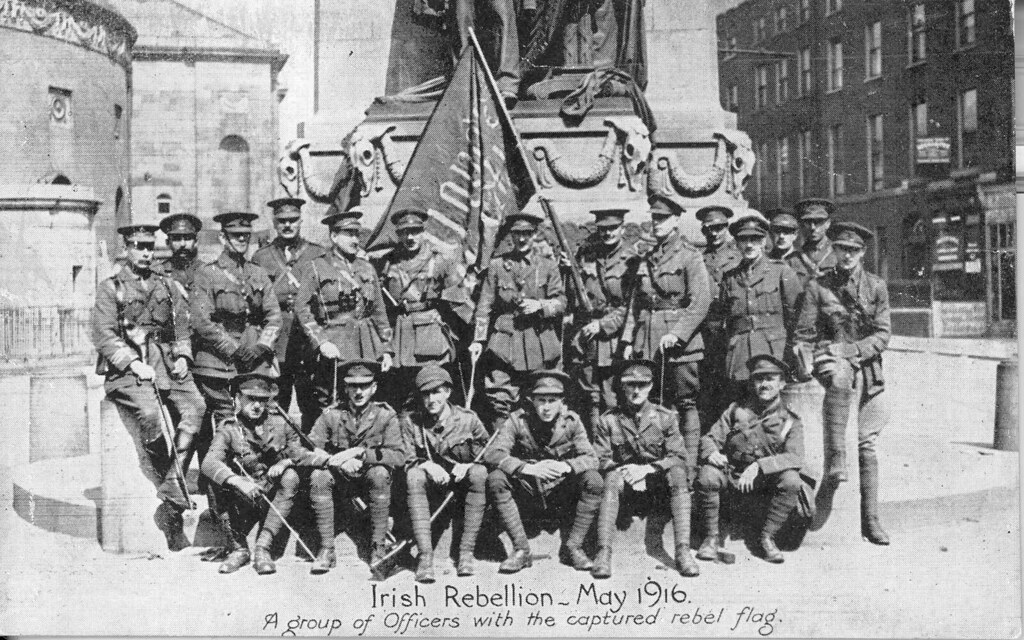 |
| Insignia of the European Military Staff |
The flow of migrants across the Mediterranean to Europe from North African and Middle Eastern countries, particularly Libya. and the contempt for Human life shown by the people traffickers has caused the European Union to take action. An EU naval task force has
recently been agreed to combat the traffickers. European warships including British vessels are already in the Med to assist in the humanitarian effort.
While the European Union's primary function is not as a military alliance, it has a common Security and Defence Policy which maintains a raid reaction force called
European Union Force (EUFOR), which has been deployed in various countries in and outside of Europe. This has led to some interesting heraldic insignia of the various military alliances and operations within the Union,
see here.
Unlike dedicated military alliances like NATO, the European Union does not have dedicated flags for military use so here are my proposals,
Naval Task Force
While some Fisheries protection vessels to fly a
common pennant and ships that are part of a European group (for example the anti-piracy group protecting ships traveling between Europe (via the Suez Canal) and Africa and Asia) to fly an EU flag alongside their national ensign, there is no dedicated pennant, or command flags like in NATO. So here is the EU naval pennant, for use of ships on EU taskings:
Its a simple system of shapes a ship in command of a squadron would use a swallow tailed variant of the flag:
The actual EU flag being reserved for the flagship.
Land Forces
Land forces generally do not use rank flags the way ships do anymore but here is a similar system:
A swallow tailed flag for the commander in chief
If it is a big force with more than one Division, the blue and yellow variants for Division commanders:
The number or letter of the division could be placed in the centre of the stars.
A Brigade Commander could use a triangular variant, again an insignia could be placed in the centre:
As for Arm patches a simple circle of stars with the nations initials, as used on EU number plates ie D for Germany, NL for Neatherlands, E for Spain, F for France etc. In this case UK for British troops:
However as most armies tend to wear flag patches, it renders the need for the patch to identify nationality as pointless, so a standardised European patch might be better:
This intern got me thinking:
Air Forces
What about aircraft roundels, the flags of the sky. I do think it is important to keep the national roundel, but the aircraft could easily be marked as part of a European force by surrounding this with the EU stars for example German and French roundels for EU missions:
 |
| German roundel |
 |
| French roundel |
This was just a quick post but let me know what you think?




















